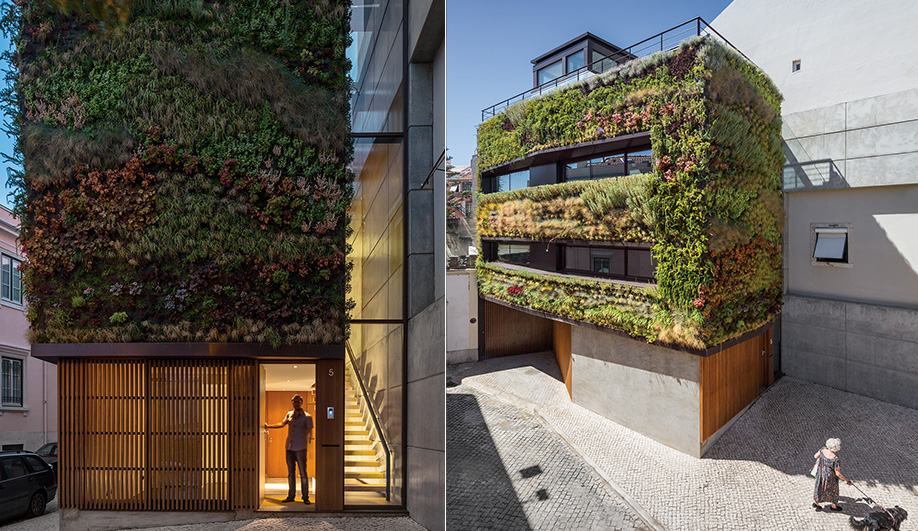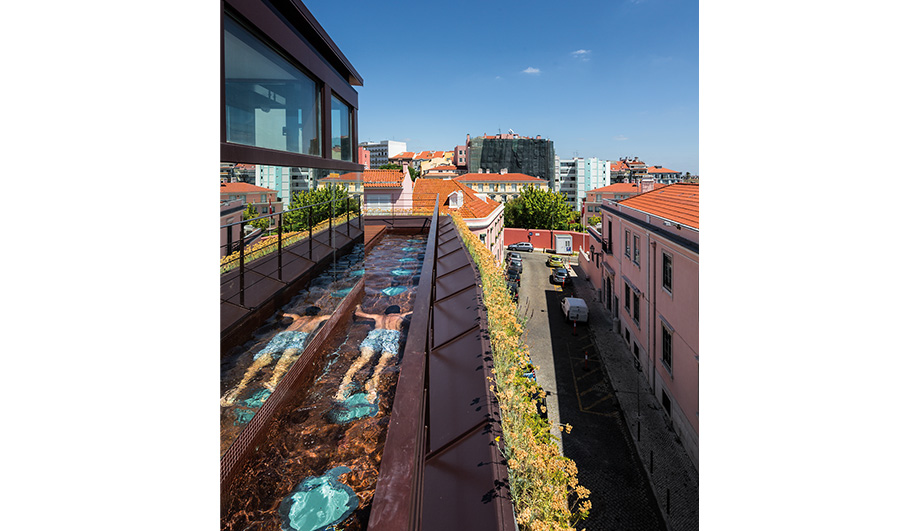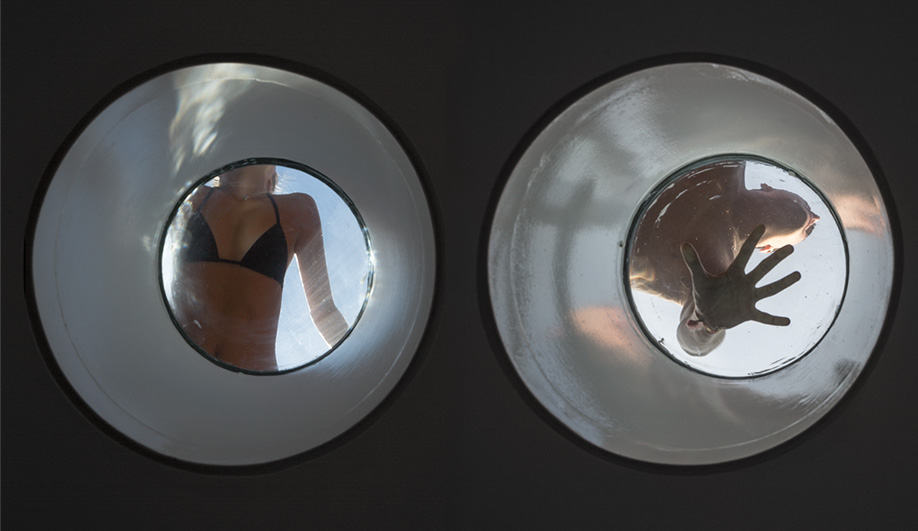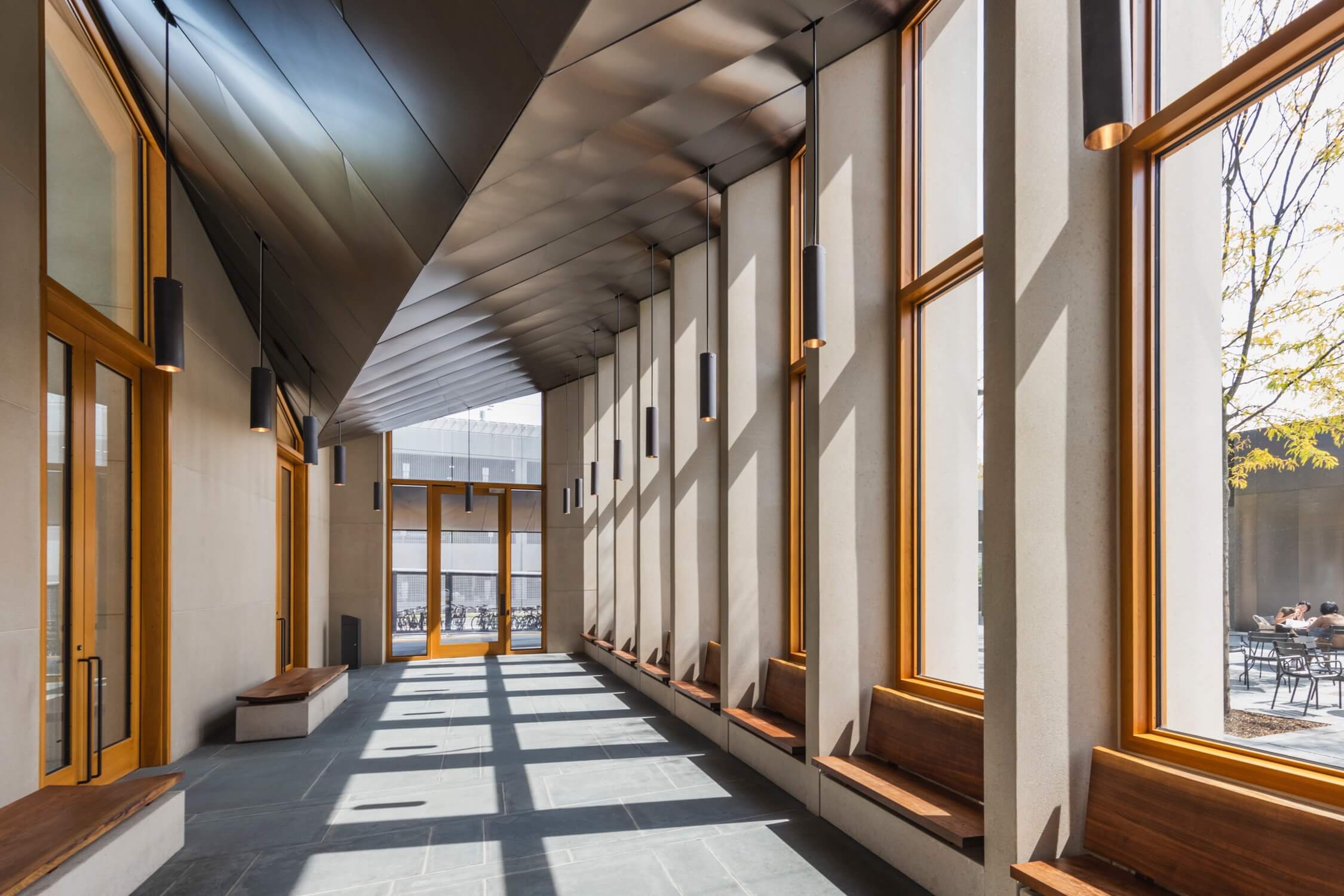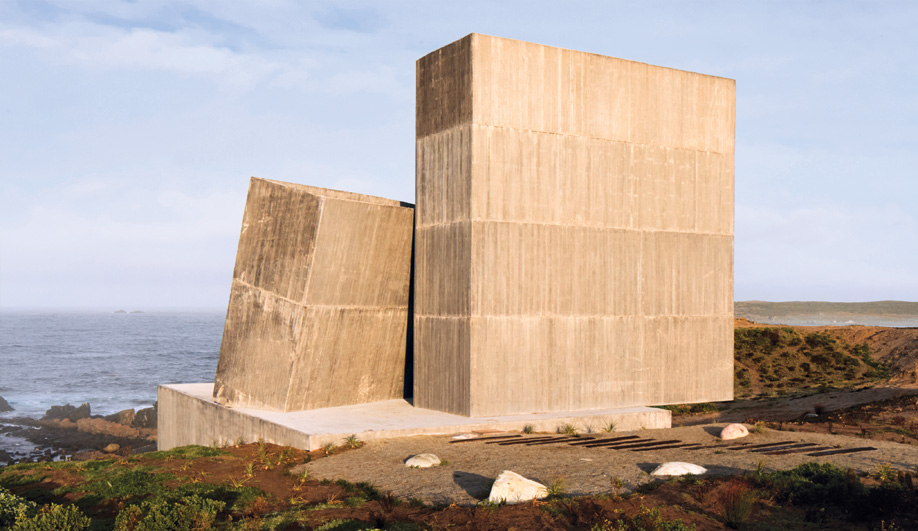Enveloped in aromatic foliage, a residence in Lisbon smells as good as it looks.
It’s not often you come across a house designed to enhance the olfactory experience, but along a quiet laneway in Lisbon one residence exudes the aromas of flowers and herbs. Financed by Buildings With Art, a local development group that revitalizes properties and pushes for more innovative architecture, the house has a rectangular form covered with 4,500 plants on three sides, from the second floor up.
“We thought of it as a living tree,” says architect Tiago Rebelo de Andrade, who collaborated on the project with Luís Rebelo de Andrade and Manuel Cachão Tojal. “We wanted it to complement the other trees in the neighbourhood.” Selected to withstand the country’s warm climate and extended rainy season, the 25 varieties of Iberian and Mediterranean plant life emit curated fragrances that correspond to the function of each storey. The scent of lavender, for instance, wafts through the second-floor bedrooms, while rosemary infuses the third-floor living area. On the rooftop, where a lap pool is installed, the aroma of saffron fills the air. Embedded with an irrigation system that automatically sprays the vegetation with nutrient-enriched water at every metre, the plantings are virtually maintenance-free. As with most gardens, pruning and minor plant replacement every few months suffice to keep things looking fresh.
The interior takes its cues from the outdoors as well, with a dramatic staircase that slices through the three floors and leads to the rooftop pool. The steep climb was inspired by Alfama, a nearby hillside district known for its narrow streets and meandering steps. “It was a real challenge to work on such a narrow lot,” says Rebelo de Andrade of the site’s modest size, just 5.7 by 18 metres. The house also butts up against a neighbouring building. “We had to figure out how to make the rooms as big as possible, and to have enough bedrooms for a typical Portuguese family of four.”
Because the plant life serves as a natural buffer against air pollution that can decay surfaces, the exterior promises to age slowly. The living wall will change appearance with the seasons, taking on a browner palette in winter and more vibrant hues in summer. It can also be completely transformed, adds Rebelo de Andrade. “If the owner wants to switch to only red flowers,” he suggests, “it would be like a red heart in the middle of the city.”

